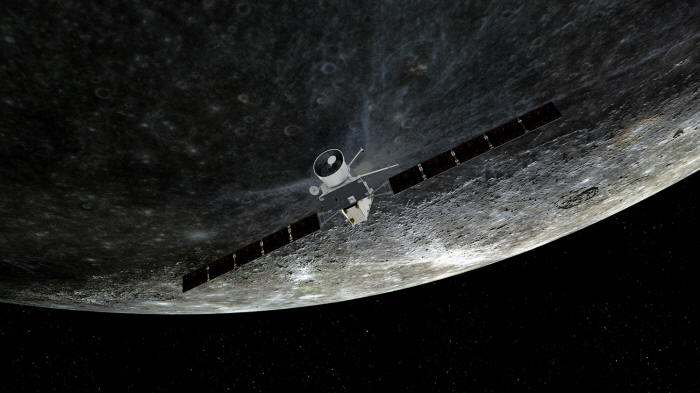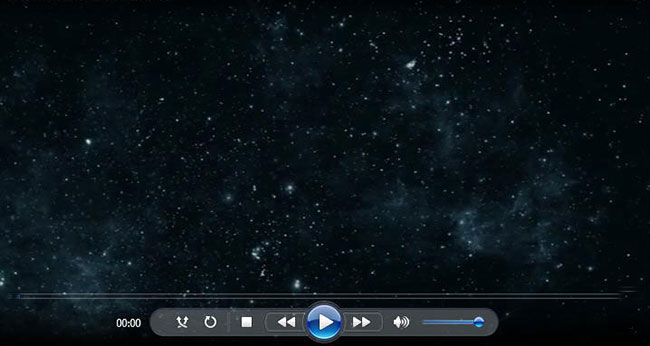|
by Tereza Pultarova will whizz past Mercury at a distance of only 120 miles.
(Image
credit: ESA) the BepiColombo spacecraft reduce its speed so that it can enter Mercury's orbit in two and a half years...
The flyby will be BepiColombo's third of Mercury and will see the spacecraft whizz past the planet at a superclose distance of just 147 miles (236 kilometers) at 3:34 p.m. EDT (1934 GMT).
That's closer than the probe's two orbiters will circle during the main mission.
The main goal of the flyby, however, is not to take stunning close-ups of Mercury's surface, but to slow the probe down using Mercury's gravity so that it can enter the planet's orbit in late 2025.
The BepiColombo mission, a joint project by the European Space Agency (ESA) and the Japan Aerospace Exploration Agency (JAXA), is only the third spacecraft in history to take a look at Mercury, the solar system's innermost planet, which is notoriously difficult to study.
Although Mercury is on average 10 times closer to Earth than Jupiter is, it takes just as long to get to the innermost planet as it does to reach the gas giant.
That's because a Mercury-bound spacecraft has to constantly brake against the powerful gravitational pull of the sun.
To do that BepiColombo, which launched in 2018, is making carefully calculated flybys of planets along its way while in orbit of the sun. The probe has previously flown past Mercury twice, in October 2021 and in July 2022.
Prior to that, the spacecraft also visited Earth once and Venus twice.
The flyby will further reduce the spacecraft's velocity magnitude compared to the sun by 0.5 miles per second (0.8 km/s), and change its direction by 2.6 degrees, Budnik added.
There will be three further Mercury flybys before BepiColombo is finally slow enough to be captured by the rocky planet, which is only somewhat larger than Earth's moon:
Since some of the spacecraft's instruments are operational during the journey, scientists are excited to use the opportunity to make measurements of the boiling environment around Mercury.
BepiColombo also carries three low-resolution monitoring cameras that will be busy snapping black-and-white images of the little-explored rocky word during the flyby.
The previous two Mercury flybys have already produced interesting science results, Johannes Benkhoff, BepiColombo project scientist at ESA, said in the statement.
The probe made the first-ever measurements of the planet's feeble southern inner magnetosphere, for example, and revealed the composition of charged particles in this region.
The BepiColombo spacecraft consists of two orbiters that are currently cruising through the solar system stacked on top of each other.
As a result of that, some of the probes' instruments are covered during the cruise. But during the Monday flyby, two instruments designed to measure the shape of Mercury's surface and study its gravitational field will collect data for the first time.
The orbiters' main, high-resolution cameras, unfortunately, won't be available just yet.
Two probes have previously studied Mercury up close.
|



